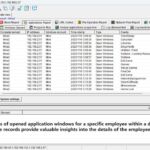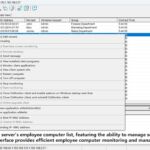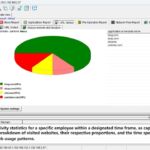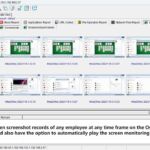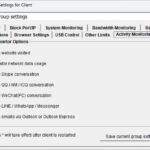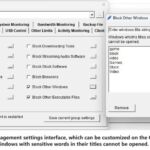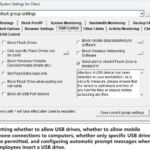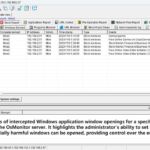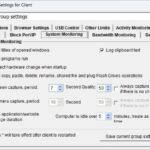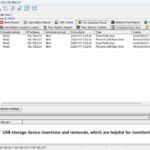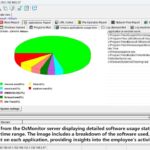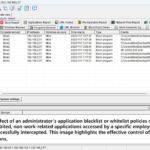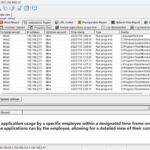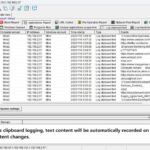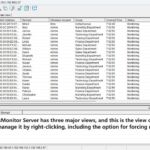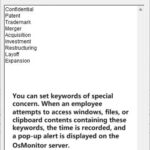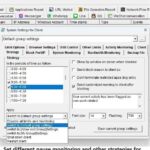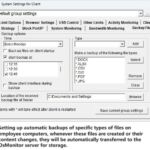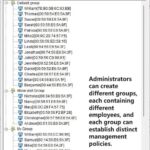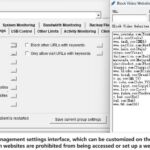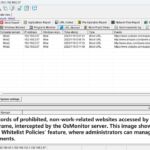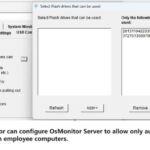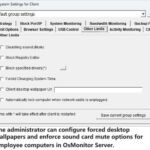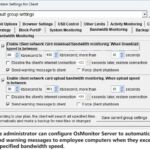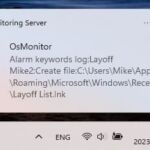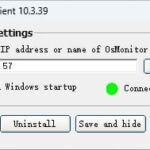Neural network algorithms are not widely applied in local area network (LAN) management software, as more common approaches involve using traditional network management techniques such as SNMP (Simple Network Management Protocol) or employing automated scripts for LAN device management. Let's discuss the potential practicality and concurrency of neural network algorithms in LAN management software.
The practicality of neural network algorithms in LAN management software includes the following aspects:
- Anomaly Detection: Neural networks can learn patterns of normal network behavior and detect potential anomalies, such as network congestion, abnormal traffic, or device failures. This anomaly detection can help administrators promptly identify and resolve issues, enhancing network stability and reliability.
- Automatic Optimization: Neural networks can automatically optimize network settings and resource allocation based on real-time performance and load conditions to deliver improved performance and user experience.
- Predictive Maintenance: By analyzing device and network states, neural networks can predict the likelihood of device and network failures, assisting administrators in taking preventive measures to avoid unexpected network interruptions and data loss.
- Intelligent Network Management: Neural networks can learn and adapt to changes in the network environment under real-time monitoring, providing more intelligent network management decisions.
The concurrency of neural networks in LAN management software depends on various factors:
- Network Scale: The scale of the LAN directly influences the concurrency of neural network algorithms. Larger networks may require more computational resources and parallel processing capabilities to handle data from all devices.
- Algorithm Complexity: The complexity of neural network algorithms also affects their concurrency. Some complex neural network models may require more time for training and inference, thereby reducing the efficiency of concurrent processing.
- Hardware Resources: To achieve high concurrency, powerful hardware resources are needed to support simultaneous processing of data from multiple devices. This may involve using GPUs or distributed computing systems to accelerate neural network operations.
- Data Stream Processing: LAN data streams may be real-time, so neural networks need to be capable of processing real-time data and responding promptly, which places higher demands on algorithm responsiveness.
In summary, neural networks have the potential practicality in LAN management software, but ensuring good concurrency requires comprehensive considerations of factors like network scale, algorithm complexity, hardware resources, and real-time capabilities, along with effective algorithm optimization and hardware support. Additionally, with ongoing technological advancements, there may be more research and application of neural network algorithms specifically tailored for LAN management in the future.
About OsMonitor:
The mission of OsMonitor is to create a Windows computer system tailored for work purposes, effectively regulating employee computer behavior. It enables employers to understand what employees are doing each day, monitoring every action, including screen activity and internet usage. Additionally, it restricts employees from engaging in specific activities such as online shopping, gaming, and the use of USB drives.
OsMonitor, designed purely as software, is remarkably user-friendly and requires no additional hardware modifications. A single management machine can oversee all employee computers. As a leading brand in employee computer monitoring software with over a decade of successful operation, OsMonitor has rapidly captured the global market with its minimal file size and excellent cost-effectiveness compared to similar software. At this moment, thousands of business computers worldwide are running OsMonitor daily.




